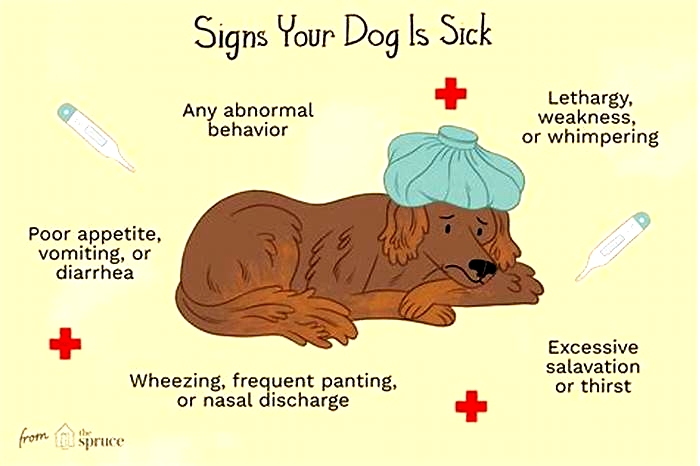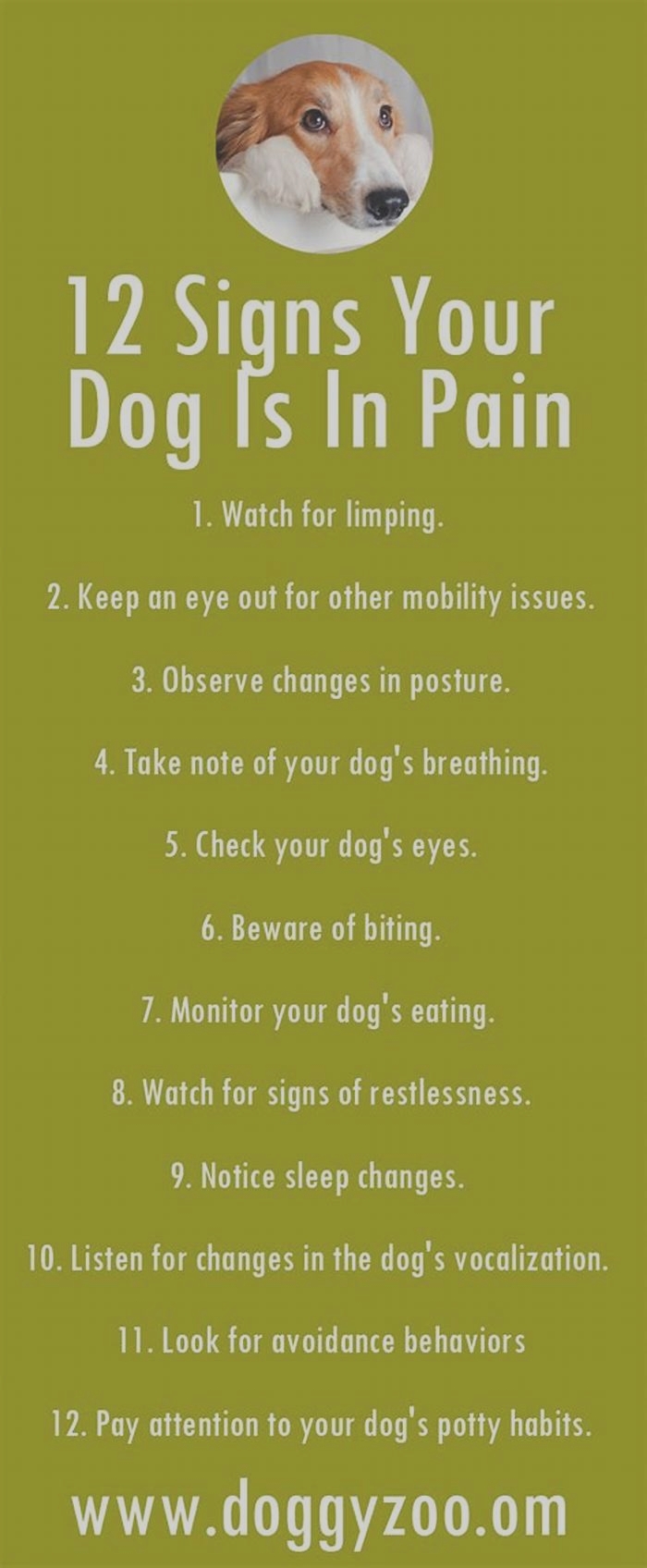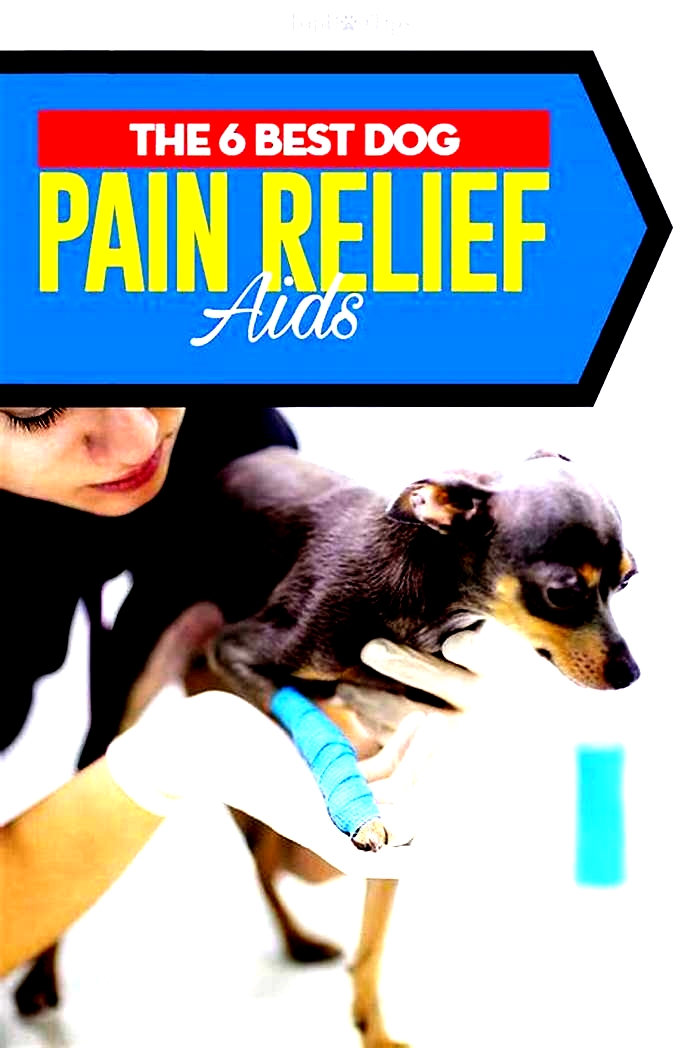Do dogs feel pain when they are sick

10 signs a dog is in pain: A vet's guide
While you may think it would be easy to recognize doggie discomfort, signs a dog is in pain can actually be very subtle. Some dogs are surprisingly stoic. Especially when pain comes on slowly and gradually, dogs are often able to hide far more pain than you might expect.
Failure to recognize pain could result in your dog not receiving necessary veterinary help. A veterinarian can diagnose the source of your dogs pain, and then recommend appropriate treatments.
In addition to correcting the underlying source of your dogs pain, your veterinarian may recommend pain medications, such as carprofen, tramadol, and gabapentin. However, these treatments can only be recommended if you recognize your dogs distress.
Keep an eye out for the following signs, which may indicate pain in dogs:
1. Your dogs activity level decreases
While a gradual decrease from the frenzied energy of puppyhood can be a normal age-related change, a significant decrease in activity can be associated with arthritis, an injury, or an internal illness.
Any significant change in your dogs activity level could suggest pain, and warrants a veterinary exam.
2. Your dog is restless
Although pain often leads to a decrease in activity levels, some dogs respond in the opposite way. These dogs are unable to rest comfortably, because of their pain. They may pace during the day and night, unable to find a comfortable position in which to settle down.
3. Your dog is shaking
Shaking can be caused by a number of factors, including anxiety or excitement. This is especially common in small breed dogs, such as Yorkies and Chihuahuas. If you notice a new onset of shaking in your dog, however, pain may be to blame.
Dogs with arthritis often tremble when standing for long periods of time, and other sources of pain can cause dogs to tremble at rest.
4. Your dog is crying or whining
Like shaking, crying and whining can also be difficult to interpret. Some dogs are more vocal than others, even when theyre feeling well. However, a new onset of crying or whining in a normally-quiet dog could indicate pain or discomfort.
5. Your dog is especially anxious
Only you know whats normal for your dog. However, if your calm, laid-back dog begins acting anxious for no apparent reason, pain could be to blame.
Dogs cant necessarily understand and rationalize pain like we do, so discomfort can easily lead to anxiety. Additionally, some of the behaviors seen with pain (such as shaking and trembling) can easily be mistaken for signs of anxiety.
6. Your dog becomes aggressive or antisocial
Like humans, dogs can become a bit grumpy when they are in pain or feeling unwell. Changes in behavior can be a key indicator that your dog is experiencing pain or discomfort.
Dogs in pain may become aggressive when disturbed, whether you accidentally bump into them or ask them to move from a preferred resting spot. Similarly, they may avoid human interaction due to pain.
If your friendly, happy-go-lucky dog is suddenly acting aggressive or aloof, consider whether pain could be at the root of this behavior change.
7. Your dog is limping
This should go without saying, but a dog with a visible limp is almost certainly experiencing pain. Limping dogs should be seen by a veterinarian, for an appropriate diagnostic workup and appropriate pain relief.
8. Your dog has an abnormal posture
Depending on the cause of your dogs pain, you may notice that they are standing or walking in an unusual way. For example, dogs with back or neck pain in a hunched-over posture, with their neck hanging lower than their shoulders and/or their tail tucked.
Any dramatic change in your dogs posture or movement could indicate pain and should be addressed by a veterinarian.
9. Your dogs appetite decreases dramatically
Pain can affect your dogs appetite in a number of ways. Dental pain or neck pain can make chewing and swallowing uncomfortable, while pain that makes your dog reluctant to move may decrease how often they walk over to the food bowl.
Additionally, well-intentioned but inappropriate use of human over-the-counter pain medications, such as aspirin for dogs, can lead to an upset stomach and a corresponding decrease in appetite.
10. Your dog is panting more than usual
Panting can have a number of underlying causes, including warm weather, anxiety, fever, and pain. While panting doesnt automatically mean that your dog is painful, pain is one of many conditions that can lead to increased panting in dogs.
Summary
The signs a dog is in pain can vary widely, ranging from blatantly obvious to incredibly subtle. Its important to be familiar with these signs, so you can recognize pain in your dog as soon as possible.
If you see potential signs of pain, its important to seek prompt veterinary treatment. Your veterinarian can help you head off significant medical issues before they become too serious, while also providing your dog with necessary pain relief.
Is Your Dog in Pain? Signs and Symptoms of Pain
Having lived around humans for thousands of years,dogs are masters at reading our emotionsand body language. But we dont always return the favor, especially when it comes to noticing that our dogs are in pain. And make no mistake, dogsdofeel pain. They just dont always show it the way we do. Pain and discomfort can severely impact your dogs quality of life, so its important to learn how to read the signs and intervene when your dog is suffering.
Do Some Dogs Feel Pain More Than Others?
Some dogs are incredibly stoic while others might whimper and whine at the first sign of the nail trimmer. It all depends on their personality. And maybe their breed.Research on pain tolerance between breedsshowed that there are differences, at least as far as the perception of veterinarians and the public goes. For instance,Labrador Retrievers,Mastiffs, andAmerican Staffordshire Terrierswere rated to have very low sensitivity to pain whileWhippets,Maltese, andChihuahuaswere considered to have high sensitivity. Although there isnt yet any physiological basis for these perceived differences, it makes sense as different breeds were developed for different purposes. For example, a Mastiff with high pain sensitivity wouldnt have been terribly effective as a big-game hunter or war dog, two jobs they were historically used for.
How to Know If Your Dog Is in Pain
Whether your dog is stoic or gives Broadway-worthy dramatics, how can you be sure when theyre experiencing pain? You might expect your dog to solicit help from you when they arent feeling well. After all, they have no problem asking for awalkortreat. As useful as that would be, it just doesnt work like that. Most dogs downplay their pain. After all, it makes a wild animal vulnerable to aggression or predation if they show signs of weakness, and dogs have inherited that instinct. You need to watch for subtle signals, which means truly knowing your dogs baseline behavior and activity levels. The signs of pain might be physical, behavioral, or a combination, so be alert to anything out of the ordinary.
Physical Signs of Pain in Dogs
Physical signs of pain in dogs can be obvious, likelimping, or more subtle, like simply not going as far as usual on your daily walks. Some of the physical signs your dog is in pain include:
- Mobility issues. Your dog might limp, walk slower than normal, or even refuse to walk at all. Or they might become reluctant to use the stairs or jump on and off furniture or into and out of the car.
- Difficulty changing position. It might hurt your dog tolie downor get up again. You might notice them frequently shifting positions as they try to get comfortable.
- Shakingor trembling.
- Abnormal posture. Your dog might have a hard time standing or sitting in their usual way. For example, they might hold their head low, arch their back, or shift their weight forward or back to take pressure off sore joints.
- Pantingexcessively, even when resting.
- Changes in facial expression. Your dogs face might look less relaxed, or they might grimace or have a blank expression. Your dog also might look drowsy with half-closed eyes which can be from the pain interfering with your dogs ability to sleep.
- Decreased appetite. Your dog might eat and drink less or even go off their food.
Behavioral Signs of Pain in Dogs
Just as with people, pain can make dogs cranky, so watch for changes in your dogs behavior. Learn toread your dogs body language, so you can spotsigns of stressassociated with pain. For example, your dog might pull back their ears or look away when you try to pet a painful area. Or they might tuck their tail, lick their lips, oryawnwhen you pull out the leash. All of which indicateyour dog feels anxiousabout the experience. Other behaviors to watch for include:
- Lowered energy levels. Your dog might not want to play orexercisefor as long as they used to.
- Restless behavior or pacing. This can be because your dog cant settle comfortably.
- Changes in sleep. Your dog may be unable to sleep as long as usual due to discomfort, or they might sleep even more to escape the pain.
- Lack of interest in toys or games.
- Disinterest in physical contact. Your dog might flinch when you reach out to touch them or hide atgrooming time.
- Licking or biting themselves. Dogs can become fixated on painful body parts and may lick or chew them until they have created a bare patch in their fur or injured their skin.
- Depressionor anxiety. Your dog might withdraw from activities they used to enjoy or seem quieter than usual.
- Housetraining accidents. If your dog finds it painful to get up or walk, they might avoid going outside for the bathroom. Holding it like this can lead to accidents in the house.
- Aggression. Any new sign of aggression could be a result of pain. Discomfort can lead to irritability making it harder for your dog to put up withhandling,brushing, petting, etc.
- Seeking more attention than usual. Your dog might solicit affection as it provides comfort from the pain and stress of the situation.
Vocalizations Dogs Make When Theyre in Pain
Dogs also communicate pain withvocalizations. Watch for groaning or grunting when your dog moves, particularly when lying down or getting up. They might also yelp when you touch a tender spot on their body.Whiningand whimpering are sounds of distress. You might also hear yourdog howlingmore than usual. And finally, watch forgrowlingwhen people or other pets approach your dog. That could be your dogs way of preventing any interactions they anticipate might be painful.
What to Do If Your Dog Is in Pain
When you see signs of pain in your dog, the first thing to determine is whether the situation is critical. This is usually obvious as the signs are more severe or seem to come out of the blue. Pain with sudden onset, also known as acute pain, can result from injury, like a broken bone or strained muscle, or illness, like anear infection. Dont take a wait and see approach. Your dog is suffering, and the situation could be more serious than it looks. Part of being aresponsible dog owneris taking your pet to an emergency veterinary clinic as soon as possible so treatment and pain relief can begin.
Chronic pain in dogsis pain that has been going on for a while. It might look more subtle and sneak up on you. For example, you might only realize your dog has been sleeping more than usual after a few weeks go by. Illnesses likearthritis,periodontal disease, orcancercan cause this type of pain. Its also common insenior dogs, but dont just dismiss it as normal aging it isnt. Again, your dog needs a trip to the veterinarian, but in this case, you likely dont need the emergency clinic. However, when you book the appointment, be sure to explain the signs your dog has been exhibiting, so the clinic can determine how quickly your dog needs to be seen.
There are ways you can help your vet diagnose the source of your dogs pain. First, keep a detailed record of what youve noticed. For example, does your dog avoid stairs all the time or only after getting up from a nap? Or how long have they been picking at their food? Second, try to photograph or videotape the behavior of concern. Dogs often behave differently at the clinic than they do at home, so providing the vet with details will help them understand how your dog is feeling.
While you wait for your vet appointment, modify or stop any activities that seem to trigger pain. For example, if your dog doesnt want to go for a walk, simply take them out for bathroom breaks. Or provide a ramp or stairs to help them in and out of the car. But dont give your dog any medications without prior instruction from a veterinarian as manyhuman drugs are dangerous for dogs. Once your vet has zeroed in on the problem, they will discuss treatment options with you which could range fromlaser therapytoacupuncturetodietary supplements. The important thing is to identify signs of pain promptly because the sooner your dogs pain is managed and treated, the better their quality of life will be.









